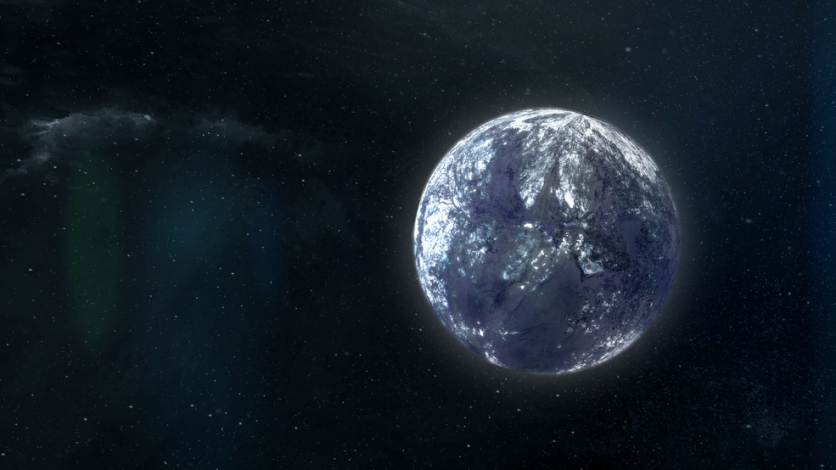NASA's Nancy Grace Roman Space Telescope is poised to revolutionize our understanding of the cosmos as new research indicates it could detect a whopping 400 Earth-mass rogue planets.
This study, a joint effort by NASA and Japan's Osaka University, sheds light on the prevalence of rogue planets that roam freely through space and are not bound to any star.

NASA's Nancy Grace Roman Space Telescope Could Find Rogue Planets in the Galaxy
David Bennett, a senior research scientist at NASA's Goddard Space Flight Center in Maryland and co-author of the two research papers describing the results, noted that the "galaxy is home to 20 times more rogue planets than stars," with trillions of these worlds "wandering alone."
"This is the first measurement of the number of rogue planets in the galaxy that is sensitive to planets less massive than Earth," said Bennett.
The results were obtained through a nine-year survey known as MOA (Microlensing Observations in Astrophysics), which took place at the Mount John University Observatory in New Zealand.
Microlensing events happen when an object, such as a star or a planet, aligns nearly perfectly with a background star unrelated to it from our viewpoint. This alignment acts as a natural lens, causing the light from the distant star to curve around the nearer object.
According to Takahiro Sumi, a professor at Osaka University and lead author of one of the papers, microlensing presents a unique opportunity to explore objects like low-mass free-floating planets and even primordial black holes.
This method unveils celestial bodies that are otherwise too elusive to observe directly, making it an exciting prospect for discovery. Notably, the team has already made headway with this research, identifying a rogue planet with a mass similar to Earth.
While this marks the second discovery of its kind, the team's focus extends beyond isolated findings. Their analysis, soon to be published in The Astronomical Journal, indicates that rogue planets are six times more abundant than worlds that orbit stars in the galaxy.
Interestingly, the study suggests that these rogue planets tend to be on the smaller side, with Earth-sized rogues being more common than their more massive counterparts.
Read Also : NASA's Roman Space Telescope Simulates Millions of Stunning Galaxies in Deep Field Image
Casting a Wider Net
To cast a wider net for finding more rogue planets, NASA's Nancy Grace Roman Space Telescope will be launched by May 2027. Since it will observe from space, the telescope is expected to be sensitive to even lower-mass rogue planets.
Naoki Koshimoto, who led the paper announcing the detection of a candidate terrestrial-mass rogue world, emphasized the prospect of studying these objects in unprecedented detail compared to ground-based telescopes.
Initial estimations suggested that NASA's Nancy Grace Roman Space Telescope might spot 50 terrestrial-mass rogue planets, but the new findings raise that number to approximately 400.
Scientists will combine Roman's future data with ground-based observations from facilities like Japan's PRIME telescope to confirm and enhance these predictions.
Each microlensing event presents a unique and transient occurrence, meaning astronomers cannot reobserve the same event. However, these events can last for hours to a day, providing a valuable opportunity for simultaneous observations with both Roman and PRIME.
Through this collaborative endeavor, scientists will have the opportunity to measure the masses of rogue planets with unparalleled precision in hopes of enhancing our understanding of these mysterious worlds.
Related Article : NASA Releases 80's-Themed Roman Space Telescope Video Game | Find Out How to Play!

ⓒ 2025 TECHTIMES.com All rights reserved. Do not reproduce without permission.




